We value collaboration at a neighborhood level.
Our Neighborhood Strategy approach starts with listening to build a collective story. Alongside Black-led groups, we make time to pivot and co-design
 Pronunciation: co•de•sign
To design in a way that actively and equally involves all participants in the process
at every step of the way.
Pronunciation: co•de•sign
To design in a way that actively and equally involves all participants in the process
at every step of the way.

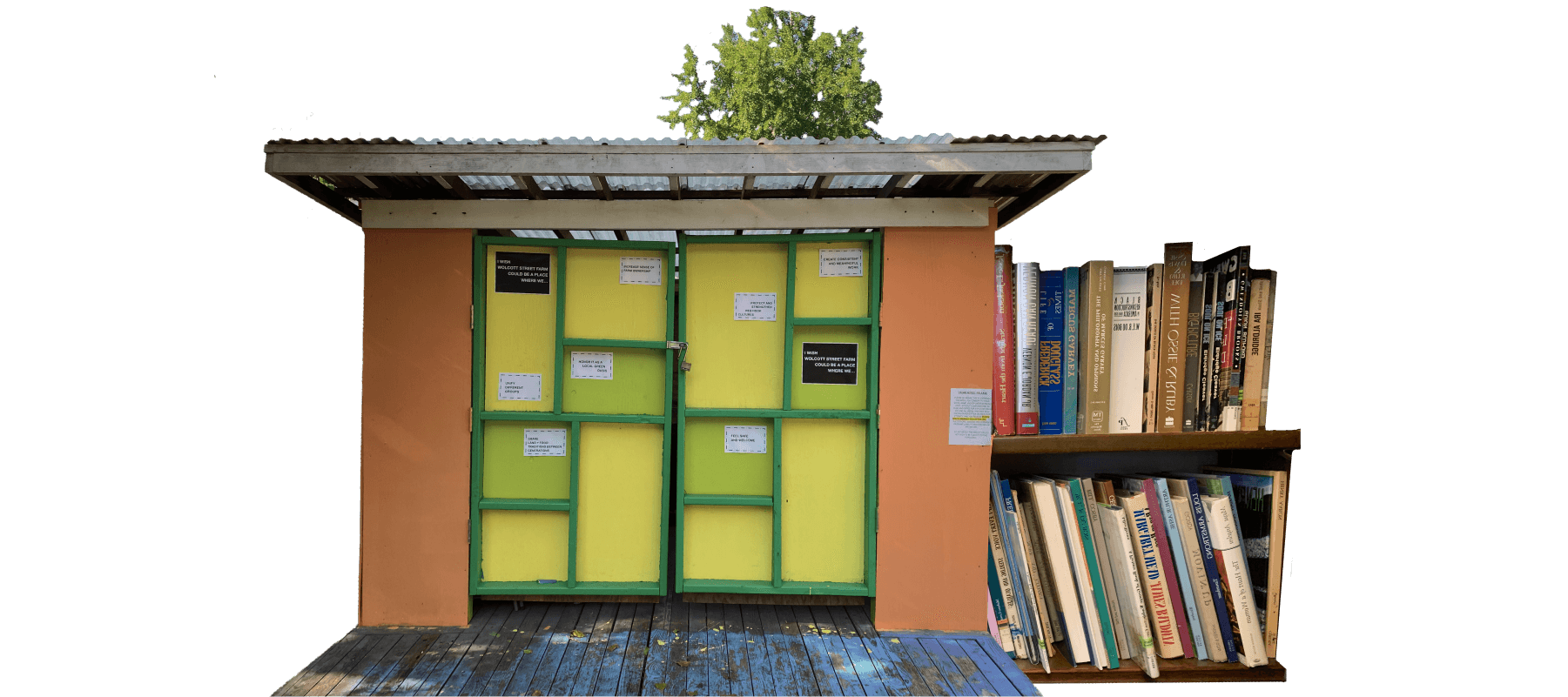
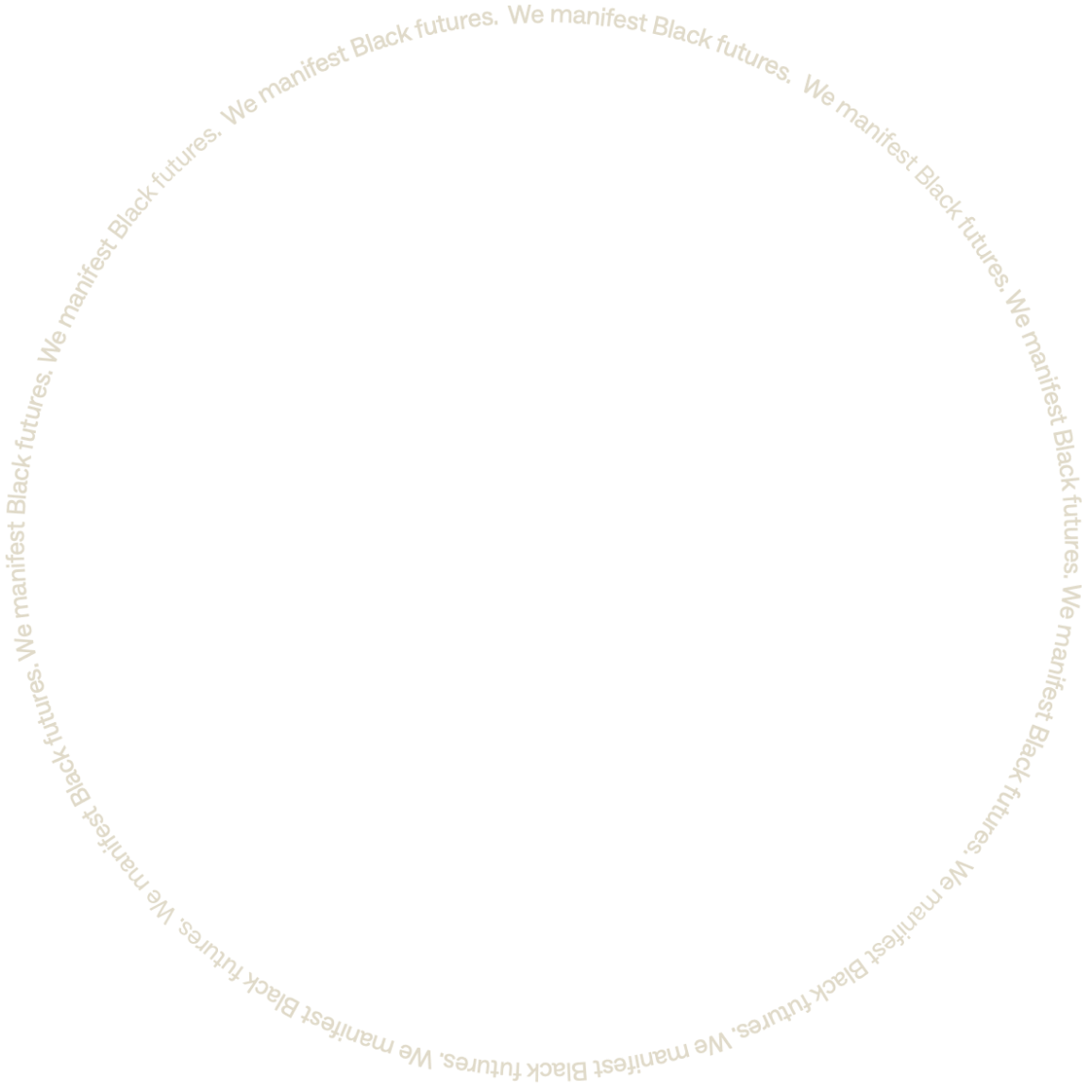
Brownsville Heritage House
In collaboration with the Brownsville Heritage House, we co-created a design strategy, exhibition, and archive to expand public engagement with the 40-year-old organization and its treasured space.
Techniques we used: Site Documentation, Precedent Research, Participatory Design, Community Visioning, Design Strategy, Archiving, Architecture, Construction Management, Set Design
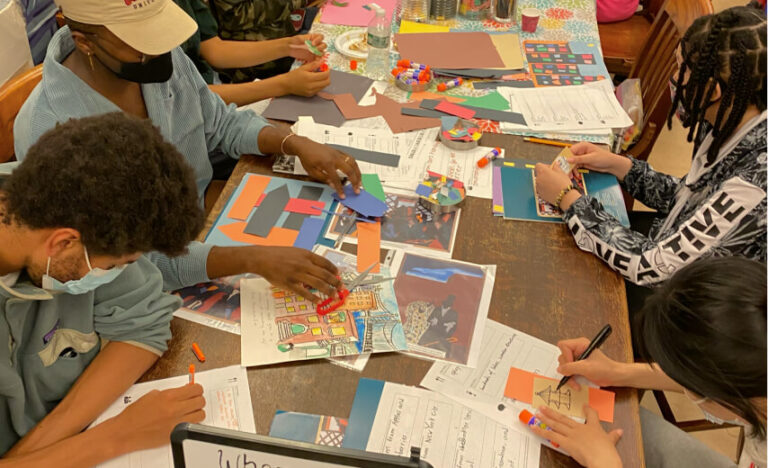
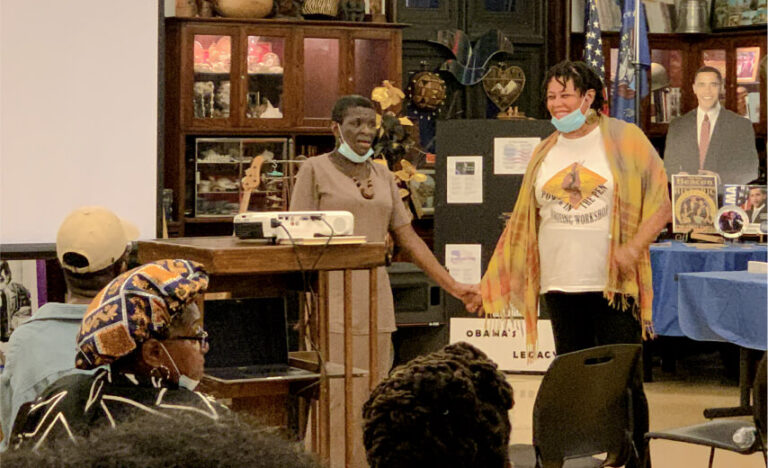

Key Partners
Archival Alchemy • Brooklyn Public Library • BOLT Architecture • Gensler • Forecast Design Construction, Inc. • Isidor Studio • Medgar Evers College Preparatory • My Brothers Keeper • Power in the Pen • Studio AOA • Sur • WorkUrban • 1772 Foundation • J.M. Kaplan Fund • Mellon Foundation • New York Community Trust • New York Women’s Foundation • The Henry Luce Foundation • The Kresge Foundation • and many friends of BHH!
Red Hook Initiative / Wolcott Street Farm
We partnered with Red Hook Initiative to reimagine the farm as a place that genuinely served their wants and desires and to be a cultural hub for the community. Watch how we co-created a space where people can work together, collectively grow, and make something beautiful.
Techniques we used: Site Documentation, Precedent Research, Participatory Design, Community Visioning, Conceptual Design
Making the Farm
Watch how we co-created a space where people can work together, collectively grow, and make something beautiful.

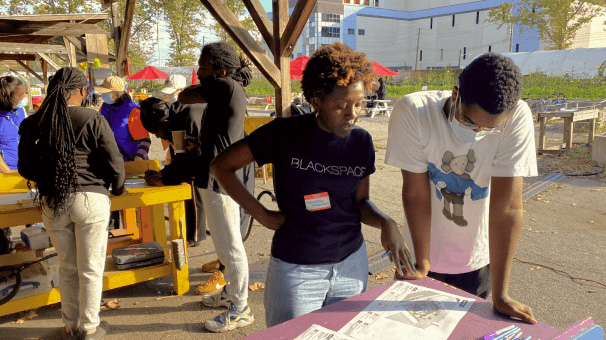
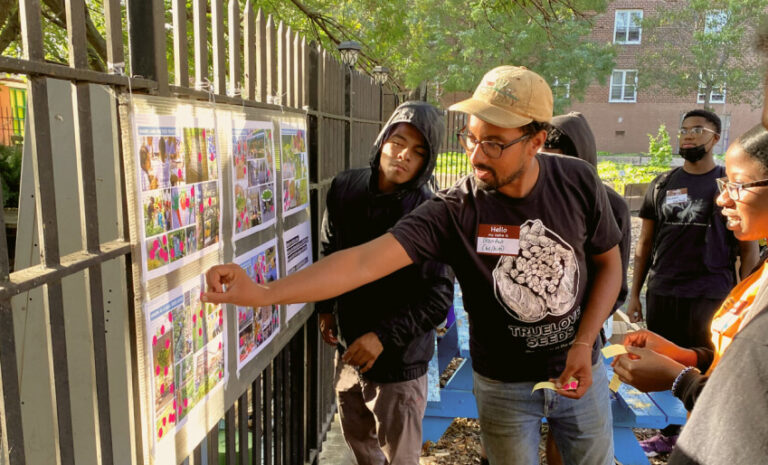
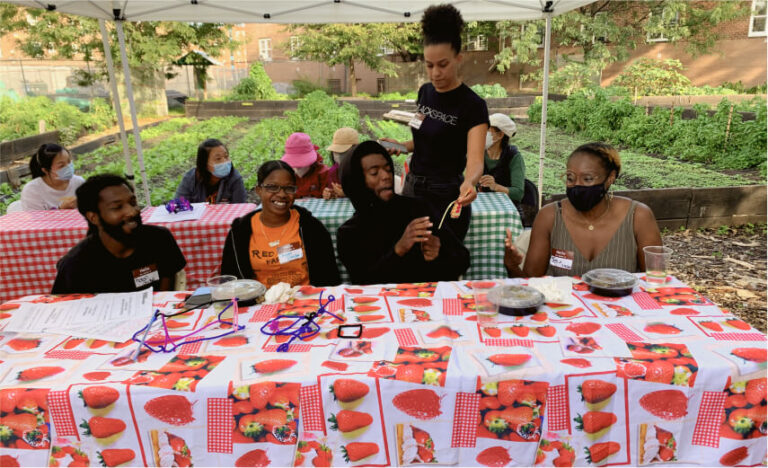

Resources

|

This document offers clarified community values, spatial layout, and post-pandemic program recommendations that center the well-being of Black and marginalized groups in Red Hook.
|
This document offers clarified community values, spatial layout, and post-pandemic program recommendations that center the well-being of Black and marginalized groups in Red Hook. | Read more |
Key Partners
Red Hook Initiative, Isidor Studio, JIMA Studio, The Kresge Foundation, The Laundromat Project, Mailchimp, Robert Sterling Clark Foundation, Soul Spot Catering, Soul of the South Cooking, and YFW Productions, and many other friends!
G {Code} House
The G{Code} community had a vision for a space that would provide “co-living, co-learning, and co-working spaces for women and non-binary people of color ages 18 to 25 to unlock their potential and break into the tech industry as disruptive change makers.”
Techniques we used: Precedent Research, Participatory Design, Community Visioning, Design Research
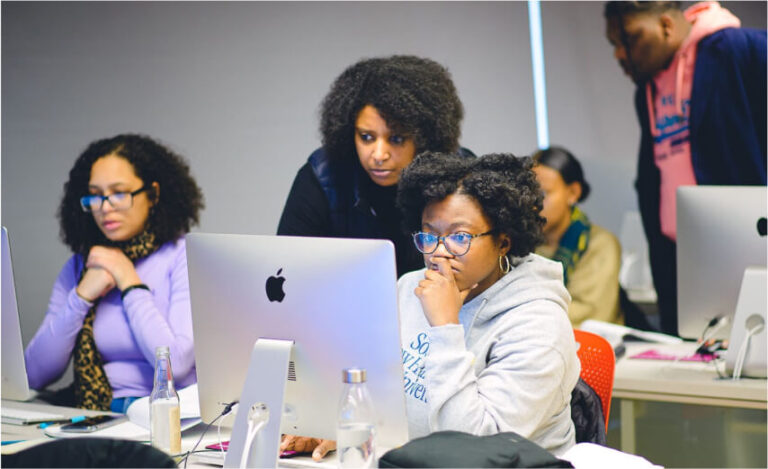
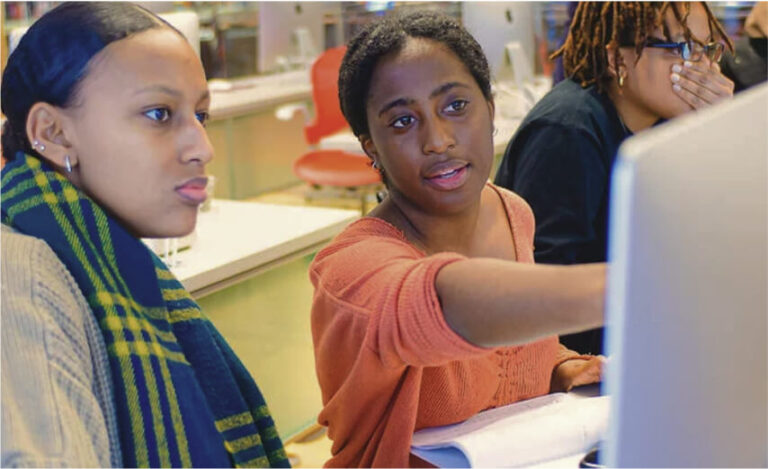

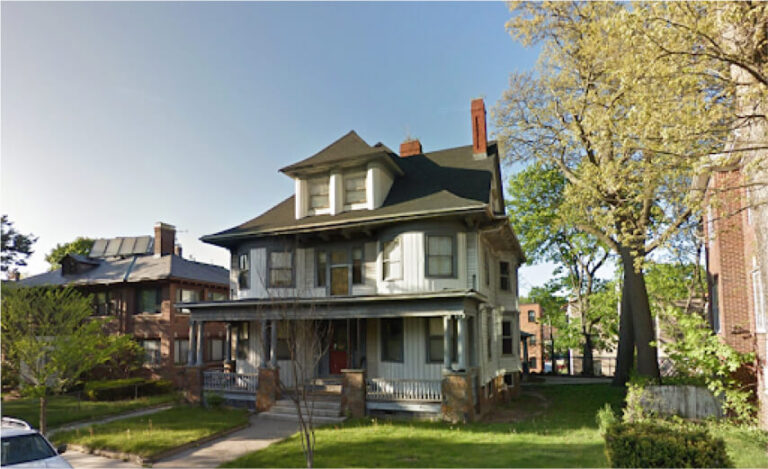
Key Partners
Arup Architects, Sasaki Architects
Imani Baptist Church
BlackSpaces: Brownsville
We spent a year with community members learning about local Black history and culture. Together we developed relationships, documented neighborhood memories and heritage assets, identified heritage values, and created spaces for existing local cultural producers and conservationists.
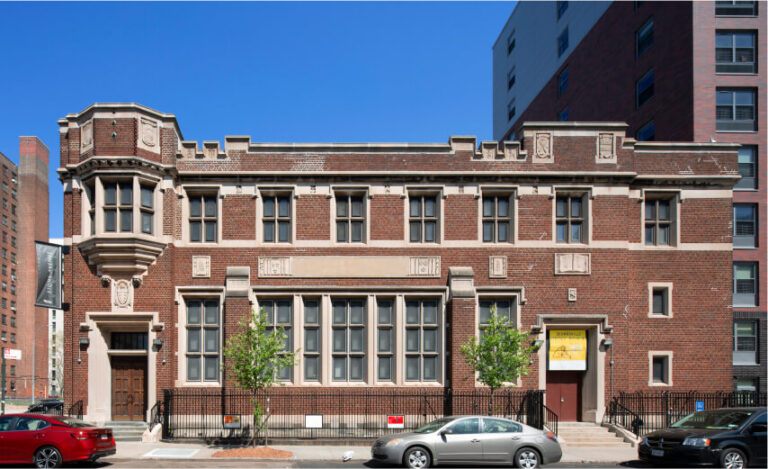
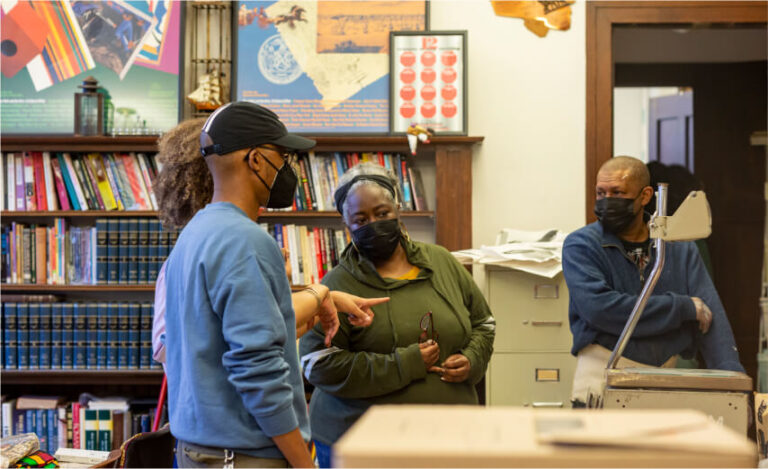
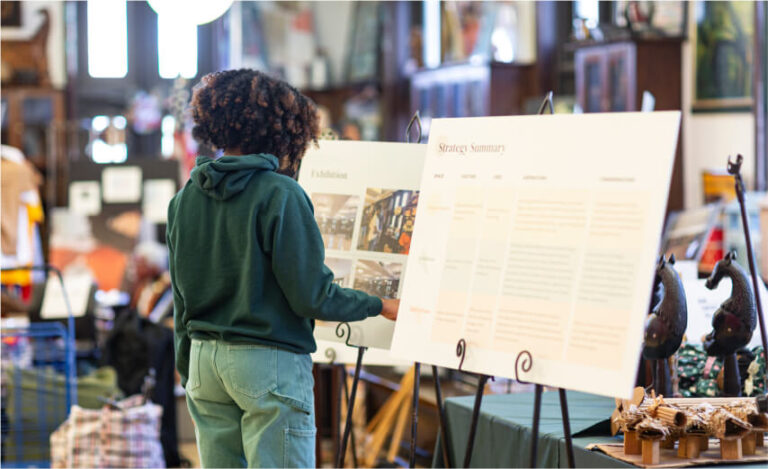
Resources

|

This document records the process and provides references and resources for Brownsville (and similarly situated communities) residents that honors and develops their neighborhood heritage conservation initiatives.
|
This document records the process and provides references and resources for Brownsville (and similarly situated communities) residents that honors and develops their neighborhood heritage conservation initiatives. | Read More |